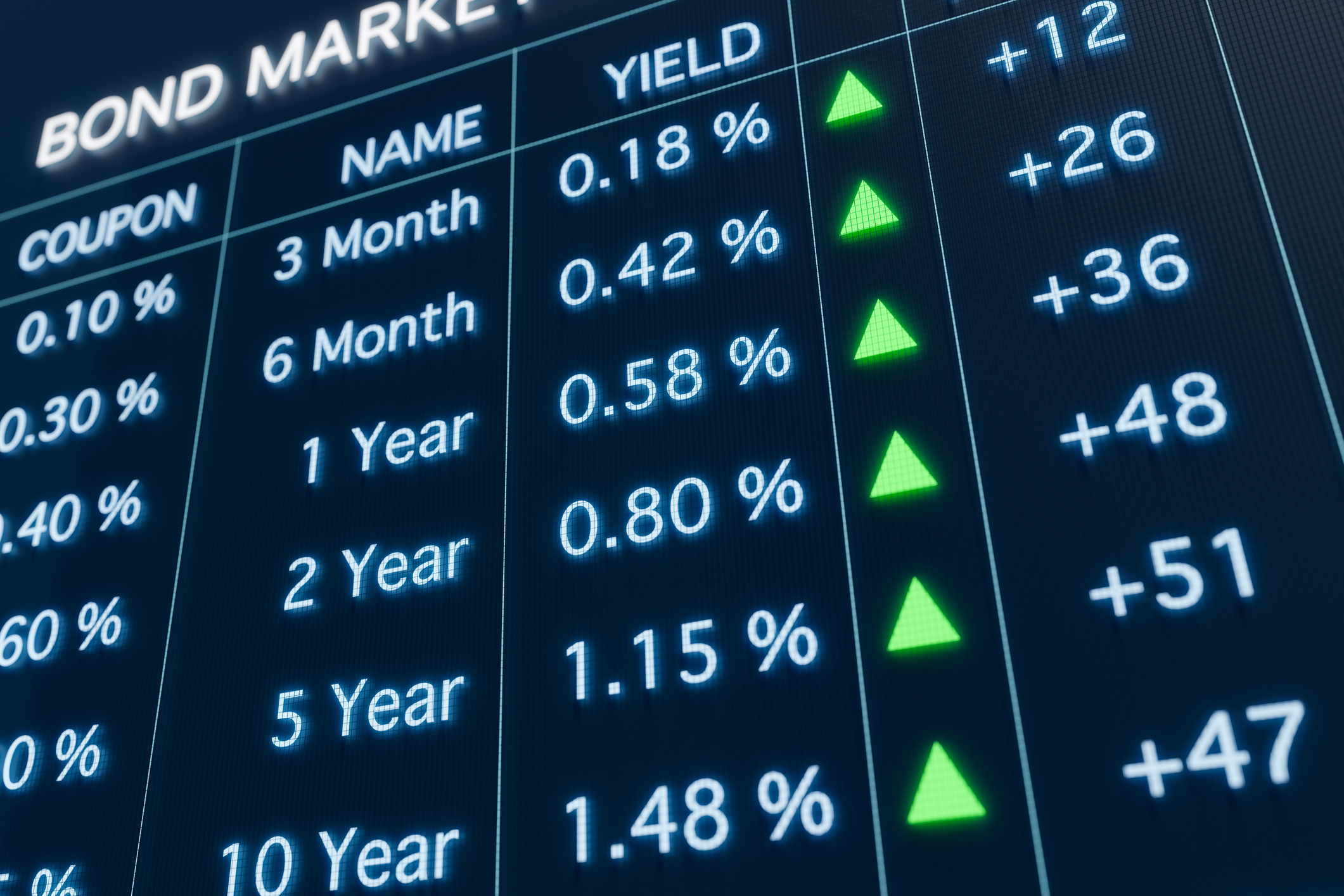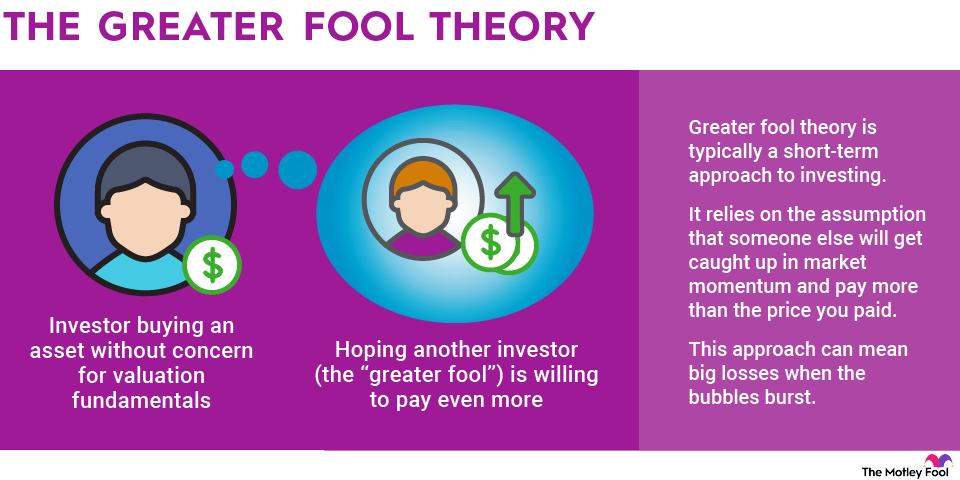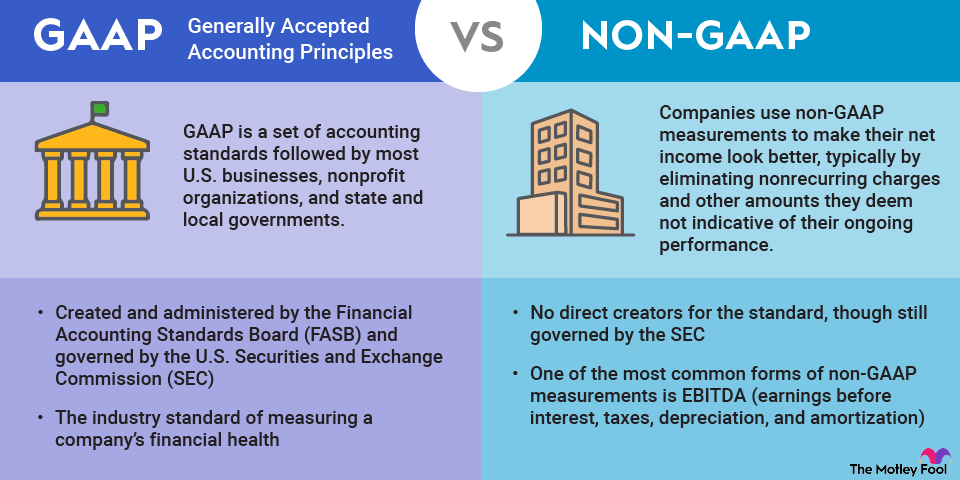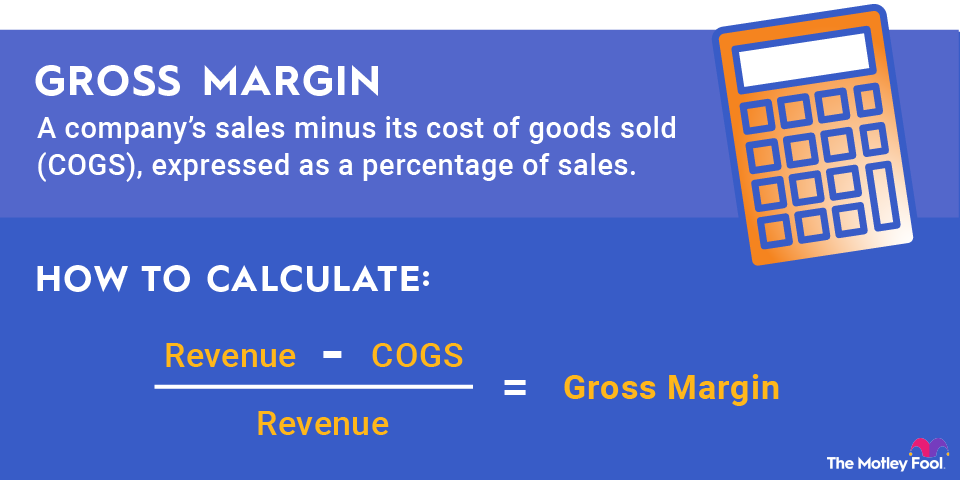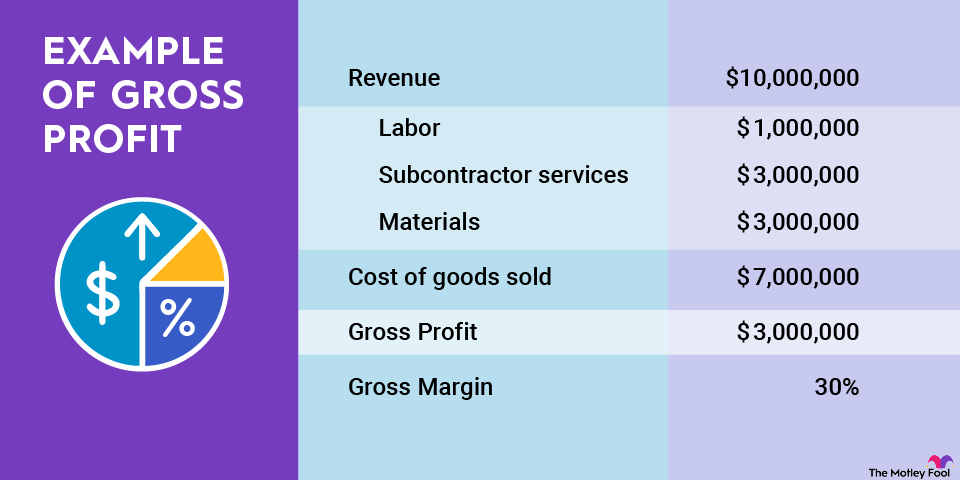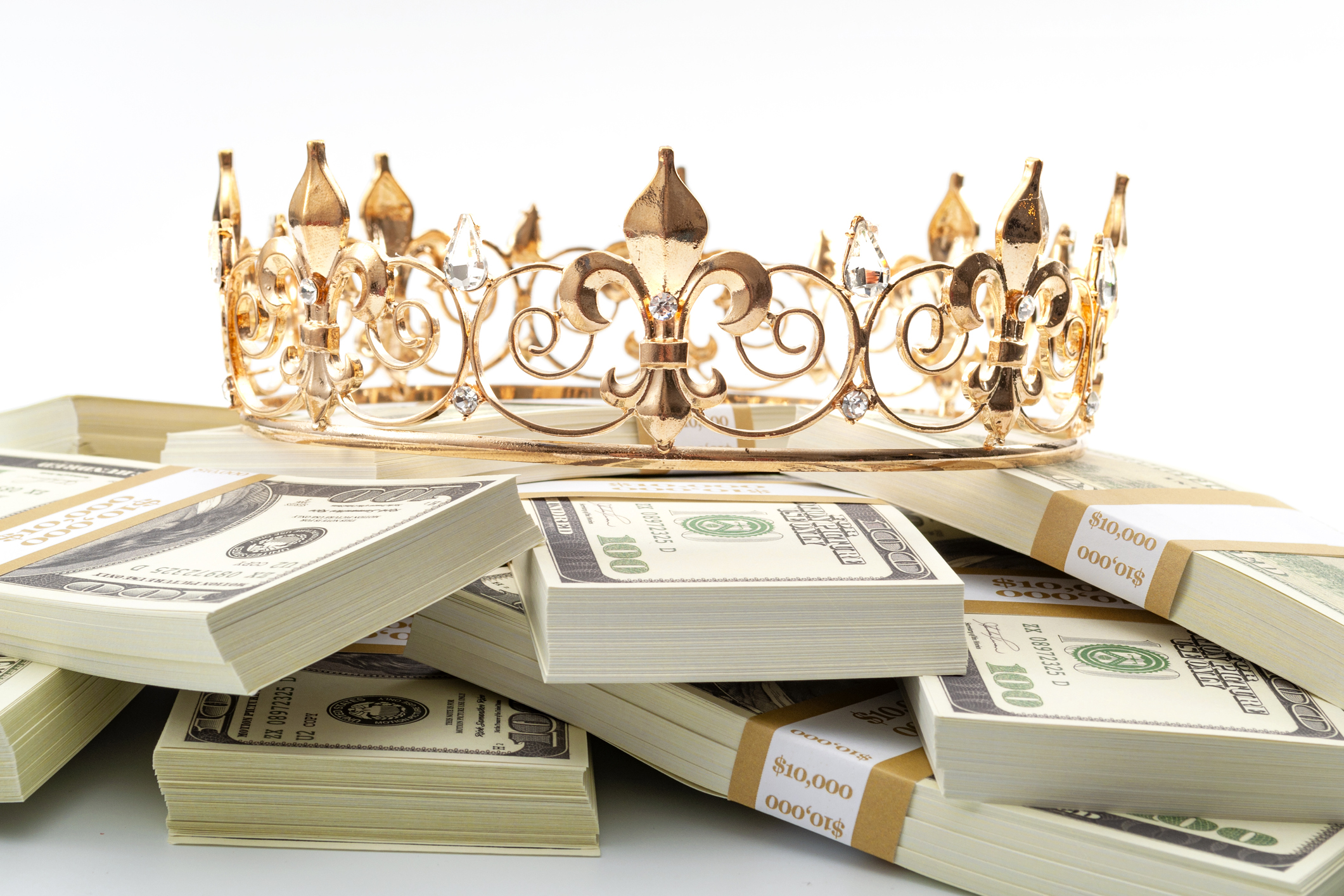Businesses will often pay a premium to acquire another company, handing over more money than the company being purchased is worth. Why pay more than the fair market value? In a word, goodwill.
We’ll explain how goodwill is defined, how it’s handled on a company’s financial statements, and outline the pros and cons of goodwill for investors. We'll also provide examples of how goodwill has affected recent business transactions.

What is goodwill?
Goodwill is an intangible asset that represents the value of a brand, its reputation, patents, specialized workforce, customer service, or possible synergies from the acquisition.
When one company acquires another, it might pay more than the fair market value of the company being acquired. The reason often is that the acquiring company can add goodwill as an asset.
Calculating goodwill is generally a straightforward exercise. You can calculate goodwill as follows:
Company's purchase price - fair market value of assets and liabilities = Goodwill acquired.
For example, suppose Company A pays $1 million for Company B, which has $750,000 in cash holdings, inventory, accounts receivable, and assets. The amount of goodwill acquired by the purchase of Company B is $250,000.












